Visual Scene Animator 💫-AI-powered scene animator
AI-Powered Sprite Sheet Animator
a medieval marketplace scene
a kid lighting crackers
boyfriend celebrating a festival with his girlfriend
Related Tools
Load MoreAnimation Creation
Create animated scenes and characters that resemble a 3D animated movie.
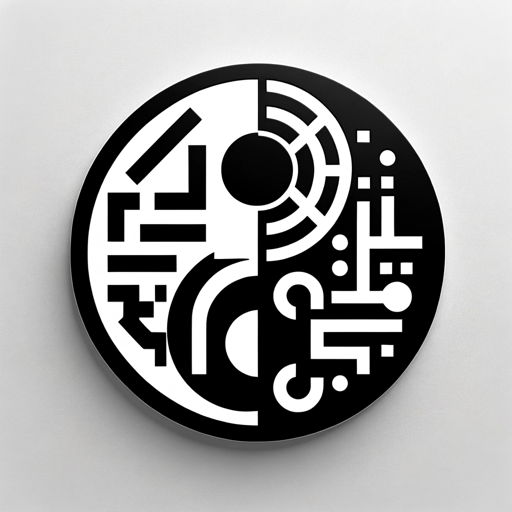
Animation Generator
Animation Generator
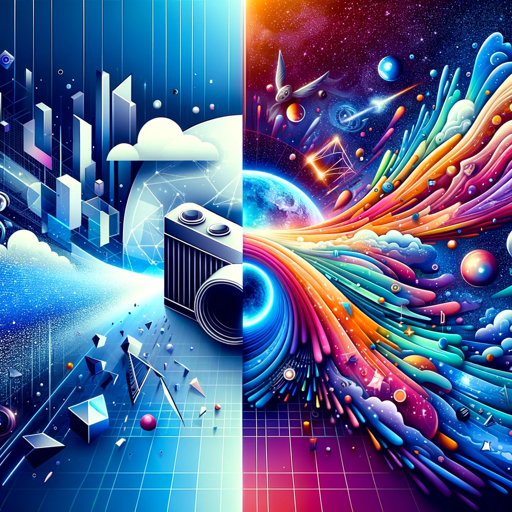
Image Animator
Simply upload your desired image, and the Image Animator will utilize advanced techniques to animate elements within the picture, bringing it to life with motion and creativity
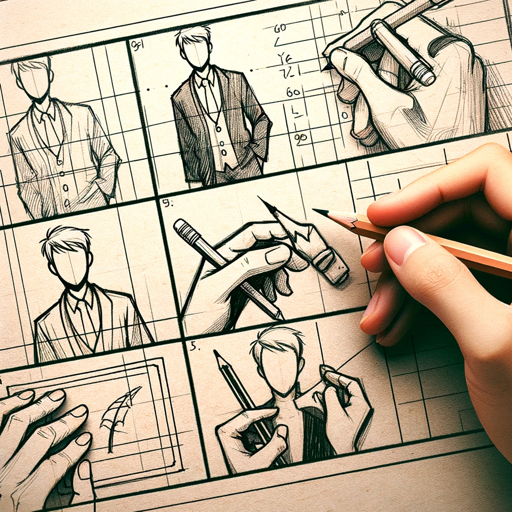
Storyboard Sketcher
AI for 360° character storyboard creation. The problem of consistency in images created by artificial intelligences has begun to be solved.

Storyboard Creator
Script and storyboard creator for videos

Animation Crafter
Assists in turning images to video using user-provided google drive shareable links.
20.0 / 5 (200 votes)
Introduction to Visual Scene Animator 💫
Visual Scene Animator 💫 is a specialized tool designed to transform user requests into detailed sprite sheets, animations, and videos. Its primary function is to take a storyline or sequence described by the user and convert it into a visual animation. This includes creating individual sprites, assembling them into a sprite sheet, and producing continuous animated sequences. By utilizing advanced drawing and animation techniques, Visual Scene Animator 💫 helps users visualize their ideas in a dynamic and engaging manner. For example, a game developer can describe a character's movement, and Visual Scene Animator 💫 will create the necessary sprite sheet and animation to bring that character to life in the game.

Main Functions of Visual Scene Animator 💫
Sprite Sheet Creation
Example
Generating a 4x4 sprite sheet of a character running.
Scenario
A game developer needs a sprite sheet for a character running to the right. Visual Scene Animator 💫 draws 16 frames showing the character in various stages of the run cycle, all compiled into a single sprite sheet.
GIF and MP4 Conversion
Example
Converting a sprite sheet into an animated GIF and MP4 file.
Scenario
An animator wants to showcase a character's movement on social media. Visual Scene Animator 💫 takes the sprite sheet, slices it into individual frames, and assembles them into an animated GIF and MP4 video, ready for sharing.
Frame Slicing and Animation
Example
Slicing a sprite sheet into individual frames and creating a seamless animation.
Scenario
A storyboard artist provides a sprite sheet of a character jumping. Visual Scene Animator 💫 slices the sheet into frames, sets a timing of 0.25 seconds per frame, and creates a continuous loop animation, demonstrating the jump in action.
Ideal Users of Visual Scene Animator 💫
Game Developers
Game developers benefit from Visual Scene Animator 💫 by obtaining detailed and accurate sprite sheets for character movements, attacks, and other animations. This tool streamlines the process of creating game assets, saving time and ensuring consistency across animations.
Animators and Storyboard Artists
Animators and storyboard artists can use Visual Scene Animator 💫 to quickly visualize and iterate on character movements and sequences. The ability to produce GIFs and MP4 files from sprite sheets allows for easy sharing and presentation of their work.

How to Use Visual Scene Animator 💫
Step 1
Visit aichatonline.org for a free trial without login, also no need for ChatGPT Plus.
Step 2
Prepare your storyline or images for animation, ensuring you have all assets ready for creating sprite sheets.
Step 3
Use the Visual Scene Animator 💫 to draw images and create sprite sheets based on your storyline, with variations of moving sequences.
Step 4
Generate a continuous animated moving sequence by slicing the sprite sheet into frames, and create a GIF.
Step 5
Convert the GIF to an MP4 format, and review the animation. Provide feedback and make revisions if necessary.
Try other advanced and practical GPTs
Math Master
AI-powered math solutions, step-by-step
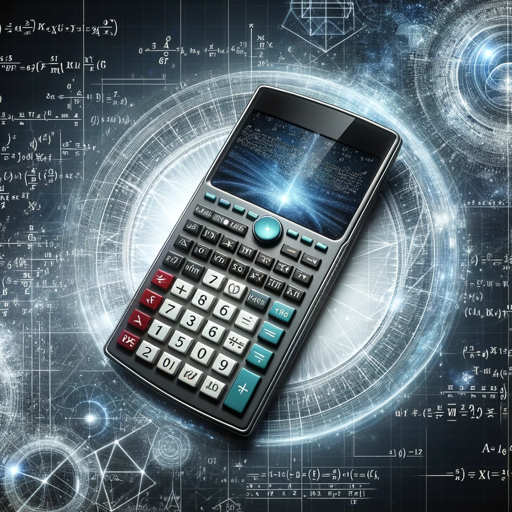
Pixel Art Creator
AI-powered pixel art creation
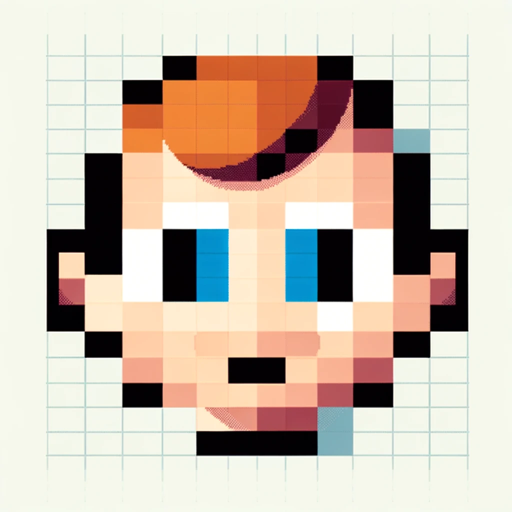
QuestGPT 1.0
AI-driven fantasy adventures at your command.
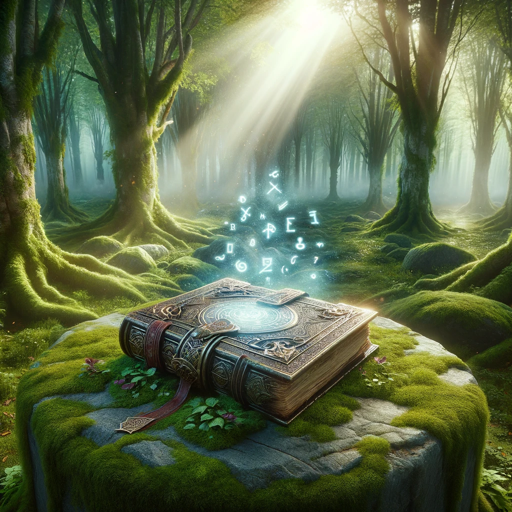
枫叶林
Empathetic AI-powered Support and Assistance
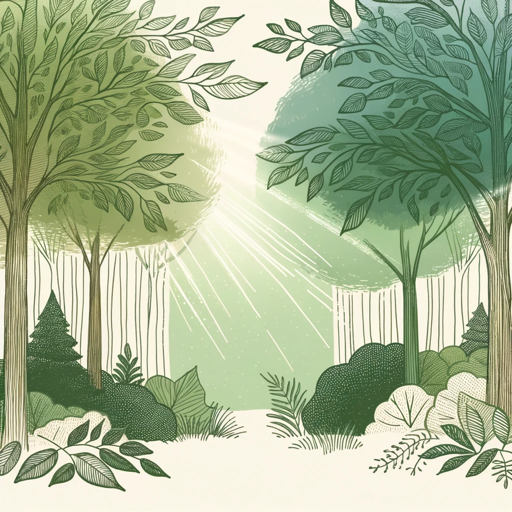
AI Article Writer
AI-powered Article Creation Tool
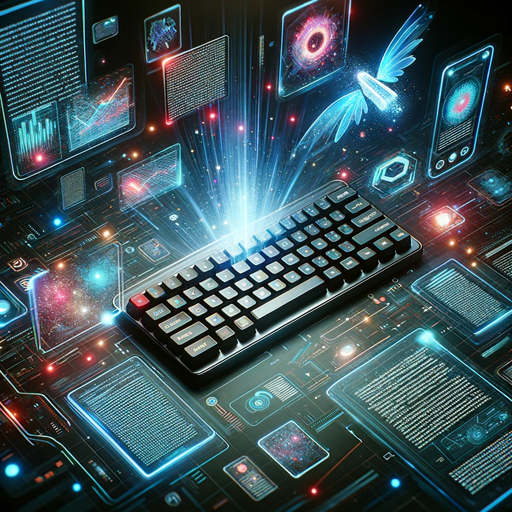
Dr. Hoot - Medical Study Buddy
AI-Powered USMLE Study Guide

1nvestMate
AI-powered tool for smarter crypto decisions
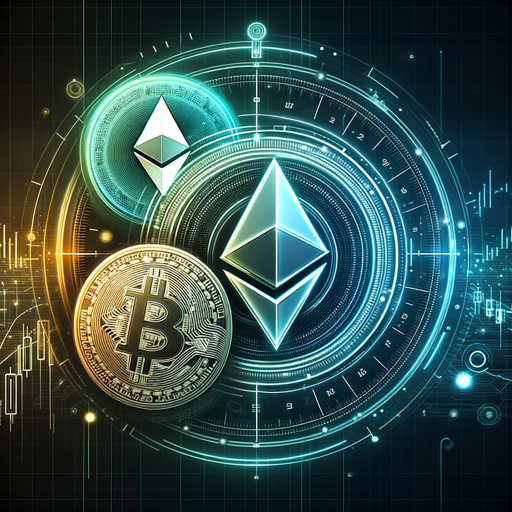
StartCodingAI🚀
AI-powered coding tutor for rapid Python learning.
Code Assistant Quant
AI-powered quantitative coding assistant.

商业参谋
AI-Powered Business Insights

Mega-Prompt
AI-powered prompt crafting for precision

Finance Wizard
AI-Driven Financial Insights
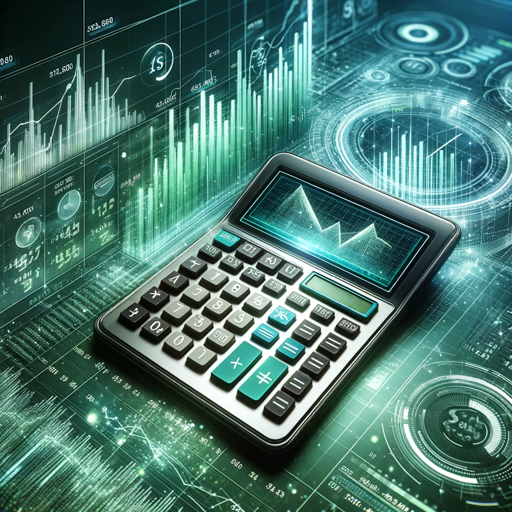
- Marketing
- Game Design
- Prototyping
- Storyboarding
- Animation
FAQs about Visual Scene Animator 💫
What is Visual Scene Animator 💫?
Visual Scene Animator 💫 is a tool designed to create sprite sheet animations from storylines, allowing users to generate GIFs and MP4s of animated sequences.
Do I need a ChatGPT Plus subscription to use Visual Scene Animator 💫?
No, you can access a free trial without logging in or needing a ChatGPT Plus subscription by visiting aichatonline.org.
What types of animations can I create with Visual Scene Animator 💫?
You can create a variety of animations, including character movements, object transitions, and scene changes by generating sprite sheets and converting them into animated sequences.
Can I customize the animation frames and sequence?
Yes, you can customize the number of frames, their layout in the sprite sheet, and the timing of each frame to suit your animation needs.
How do I provide feedback on the generated animations?
After generating an animation, you can review the GIF or MP4, and provide specific feedback on alignment, character consistency, and storyline to refine the animation further.